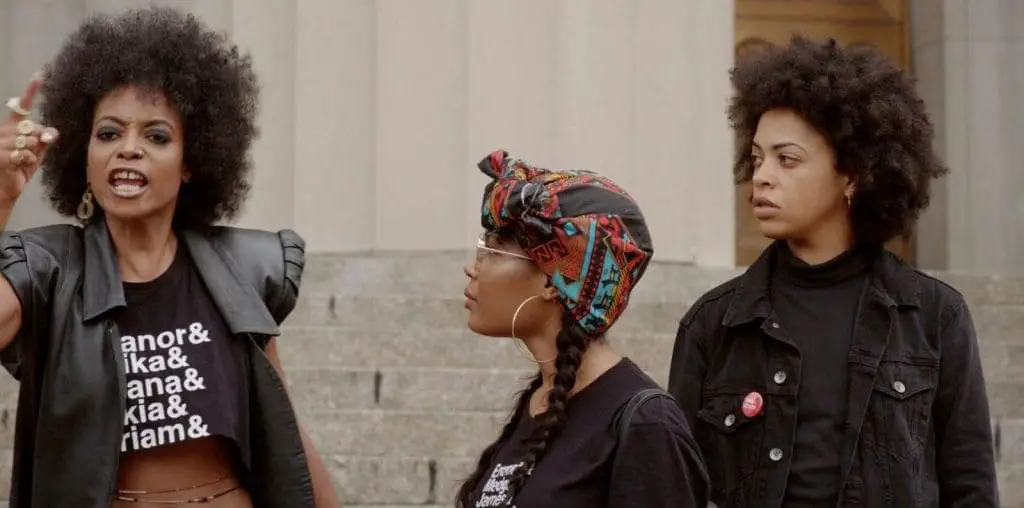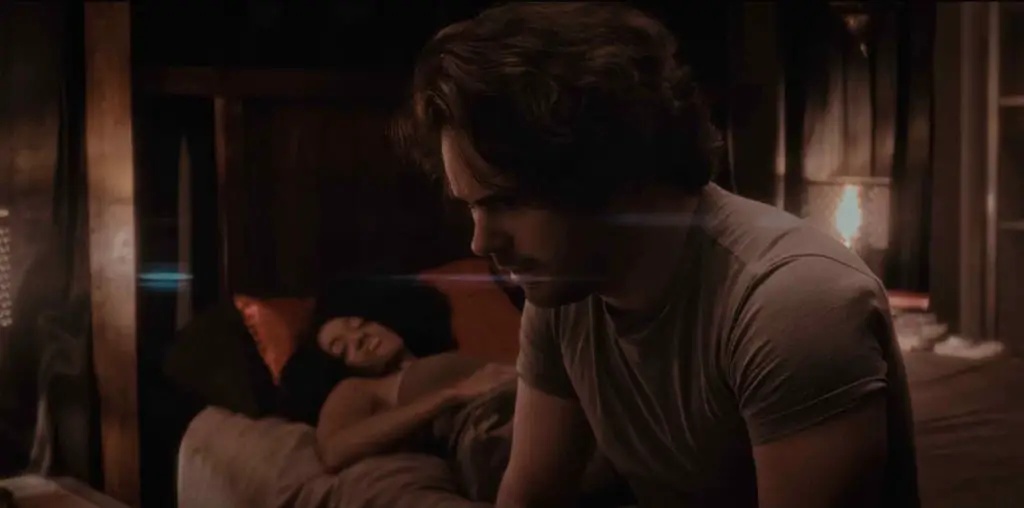
Remember the Alamo? Well, it’s back in a film that is easy to admire and difficult to like. John Lee Hancock’s new epic “The Alamo” traces the events and players responsible for the most famous battle fought within Texas, yet the film’s ability to stay faithful to the circumstances of the battle makes this a remarkably mature production that dares to puncture legends and myths.
It is not hard to see similarities between the battle for the Alamo and the current quagmire in Iraq. Both situations were born of fanciful political marketing, blatant lies, inadequate leadership and woefully incompetent military planning. One cannot help feel queasy noticing the film’s vague talk of bringing freedom to Texas alongside the American introduction of slavery to a territory which never knew it–mirror that to today’s talk of bringing democracy to Iraq albeit without the basic concept of one man/one vote, which is the foundation of genuine democracy. Grand notions of liberty, it seems, is political Silly Putty that can be stretched and distorted across the ages.
Unlike John Wayne’s entertaining cartoon version of history, Hancock‘s “The Alamo” clearly indicts the Texas leadership for the vanity, venality and dishonesty which brought about the tragic events in San Antonio. Sam Houston (Dennis Quaid) is a loud, lying, manipulative, reckless and self-indulgent force of nature. Lt. Col. William Travis (Patrick Wilson) is a vain, pompous, snotty character who doesn’t think twice of divorcing his wife but would sooner board their son with strangers than allow the boy’s mother to have custody. Jim Bowie (Jason Patric) is a boorish, vile, arrogant adventurer. Davy Crockett (Billy Bob Thornton) is a charlatan ex-Congressman who happily accepts the adulation spun by the tall tales surrounding his supposed adventures, which including jumping across the Mississippi River and riding a lightning bolt.
With such individuals in charge, it is no wonder that the Alamo fell. And while these depictions are completely accurate in regards to history, it makes “The Alamo” a tough endeavor to embrace. In this film, no one flag-waving and speaking mightily of liberty. Instead, we have a bunch of self-serving egotists whose stupidity and arrogance brought about ruin. Who wants to cheer for this?
The answer: everyone should. At long last, Hollywood has created a historic epic which presents the facts properly. “The Alamo” has the maturity to recall the events of the distant past with a stark honesty that challenges those who can only think in terms of black and white, right and wrong. Anyone who wants heroes to worship should go back to the John Wayne version. This film is not about mythic icons, but about seriously flawed and deeply selfish men who found themselves in a situation that spiraled tragically out of control. For once, the truth about the Alamo is on film. It is not a pleasant picture, but for those with intelligence it is an invigorating drama that will haunt the memory for a long time.
From a production standpoint, “The Alamo” is a peerless work of art. Dean Semler’s cinematography brilliantly captures the dirt and the grime of the Alamo within the doomed fort and boldly exploits the extravagant colors of Santa Anna’s gaudy army (the richness in the colors of the general’s prized china is stunning to behold). Daniel Orlandi’s costumes are among the finest I’ve seen on screen in ages. Eric L. Beason’s editing of both the final attack on the Alamo and the subsequent Battle of San Jacinto (which resulted in the capture of Santa Anna and the treaty giving Texas its independence) is exciting and imaginative. Hancock’s forced limitations of a PG-13 rating keep the violence and gore ratio low, which is fine since he has no problems detailing the horrors of war without flooding the screen in fake blood.
The acting is almost perfect. Billy Bob Thornton is especially effective as Davy Crockett, never losing his politician’s ability to please everyone while quietly maintaining an unvanquished pursuit of self-respect (his gentle reminder that he prefers to be called David rather than Davy is especially wonderful). The performance is wonderfully underplayed and rich in charisma. Jason Patric’s Jim Bowie is so brilliantly reprehensible that it becomes easy to cheer Santa Anna’s troops when they bayonet him. His scene when he send his black slave out of harm’s way but refuses to give the man his papers for freedom is chilling, and Patric takes risks in playing the character without an iota of a redeeming feature. The one mistake in the cast is Dennis Quaid as Sam Houston, who frequently comes across like Yosemite Sam in his oversized tirades. However, his role is a supporting effort and he is not on screen enough to do any damage.
“The Alamo” will not please those who prefer their history in simple black and white. Hancock’s bravery in not sugar-coating the story of the siege is the most commendable achievement to come from a studio production since Lord knows when. Finally, someone has the balls to acknowledge the emptiness surrounding the mythology of a sacred piece of Americana. This is a huge gamble and audiences may not have the courage to accept it. But then again, when did the general population ever have the courage to accept truth when it was laid out in front of them?

